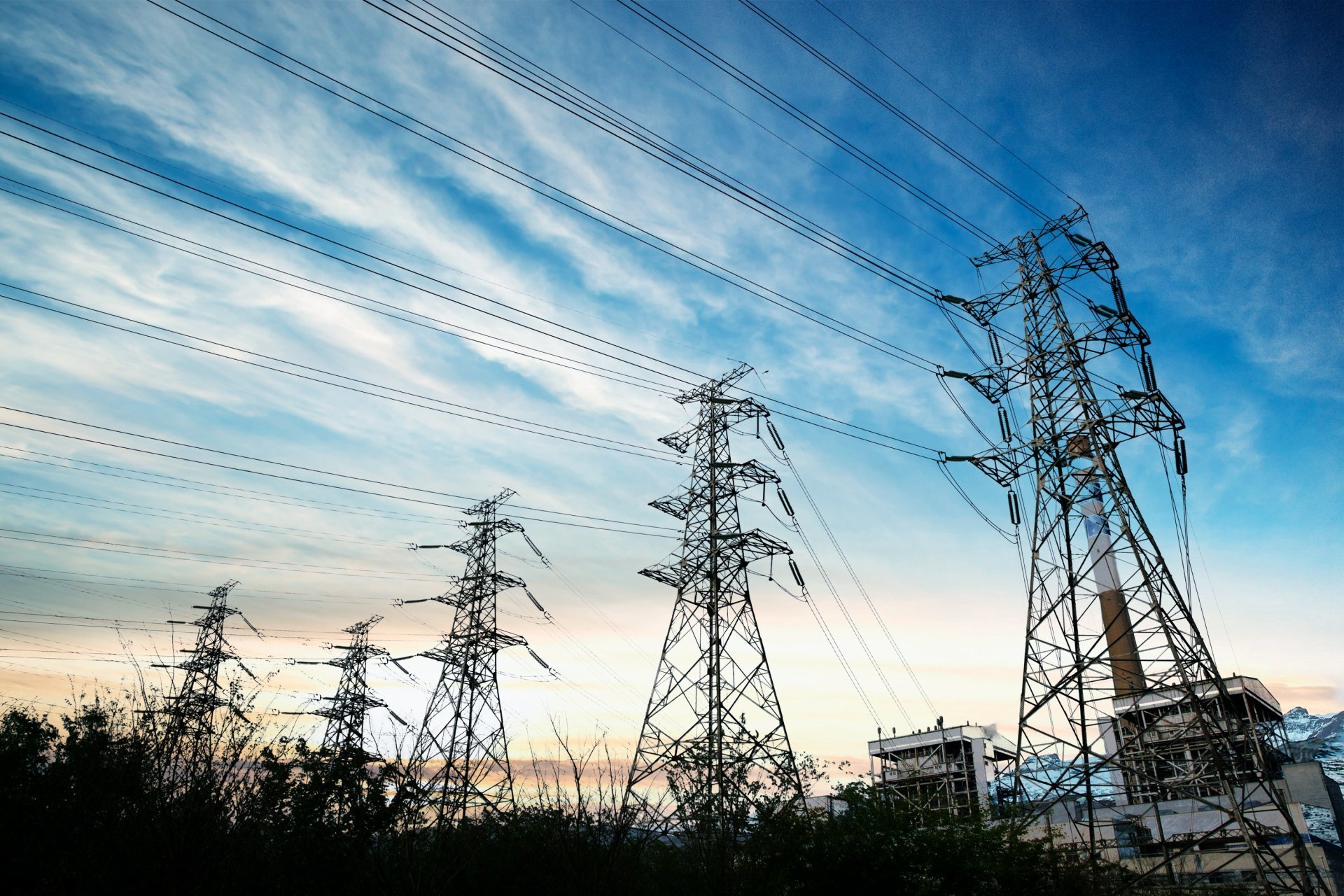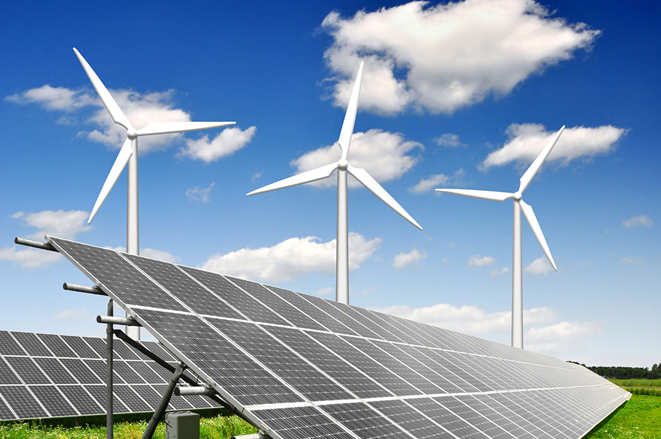

The global demand for electricity and data transmission has steadily increased over the past decade, driving the need for efficient and sustainable cable production processes. As the world becomes more interconnected, the cable industry faces the challenge of balancing increased production with the need to reduce energy consumption and environmental impact.
![]() One of the key areas of focus in the cable industry is improving energy efficiency throughout the production process. Cable manufacturing involves multiple stages, including extrusion, stranding, and armoring, each of which requires significant energy input. By optimizing these processes, cable producers can significantly reduce their energy usage and carbon footprint.
One of the key areas of focus in the cable industry is improving energy efficiency throughout the production process. Cable manufacturing involves multiple stages, including extrusion, stranding, and armoring, each of which requires significant energy input. By optimizing these processes, cable producers can significantly reduce their energy usage and carbon footprint.
![]() One approach to improving energy efficiency in cable production is the implementation of advanced production equipment and technologies. For example, the use of high-efficiency electric motors and variable-speed drives can significantly reduce the energy consumed during extrusion and other cable-making operations. Additionally, the adoption of advanced process control systems can help to optimize production parameters, further reducing energy usage.
One approach to improving energy efficiency in cable production is the implementation of advanced production equipment and technologies. For example, the use of high-efficiency electric motors and variable-speed drives can significantly reduce the energy consumed during extrusion and other cable-making operations. Additionally, the adoption of advanced process control systems can help to optimize production parameters, further reducing energy usage.
![]() Another important aspect of energy efficiency in cable production is the optimization of raw material usage. Cable manufacturers can reduce energy consumption by minimizing waste and improving material utilization. This can be achieved through the implementation of lean manufacturing techniques, such as just-in-time production and process optimization.
Another important aspect of energy efficiency in cable production is the optimization of raw material usage. Cable manufacturers can reduce energy consumption by minimizing waste and improving material utilization. This can be achieved through the implementation of lean manufacturing techniques, such as just-in-time production and process optimization.
![]() Furthermore, the incorporation of renewable energy sources, such as solar or wind power, can help cable producers reduce their reliance on fossil fuels and lower their overall energy consumption. By investing in on-site renewable energy generation or purchasing renewable energy credits, cable manufacturers can significantly improve the sustainability of their operations.
Furthermore, the incorporation of renewable energy sources, such as solar or wind power, can help cable producers reduce their reliance on fossil fuels and lower their overall energy consumption. By investing in on-site renewable energy generation or purchasing renewable energy credits, cable manufacturers can significantly improve the sustainability of their operations.
![]() In addition to the direct energy savings, improvements in cable production efficiency can also have broader environmental benefits. Reduced energy consumption translates to lower greenhouse gas emissions, contributing to the global effort to mitigate climate change. Moreover, the optimization of raw material usage can lead to reduced waste and a smaller environmental footprint for the cable industry.
In addition to the direct energy savings, improvements in cable production efficiency can also have broader environmental benefits. Reduced energy consumption translates to lower greenhouse gas emissions, contributing to the global effort to mitigate climate change. Moreover, the optimization of raw material usage can lead to reduced waste and a smaller environmental footprint for the cable industry.
![]() To achieve these goals, cable manufacturers must adopt a holistic approach to energy efficiency, incorporating technological innovations, process optimization, and sustainable energy sourcing. By doing so, the cable industry can play a crucial role in the transition to a more sustainable and energy-efficient future.
To achieve these goals, cable manufacturers must adopt a holistic approach to energy efficiency, incorporating technological innovations, process optimization, and sustainable energy sourcing. By doing so, the cable industry can play a crucial role in the transition to a more sustainable and energy-efficient future.
In conclusion, the pursuit of energy efficiency in cable production processes is essential for the cable industry to meet the growing global demand for electricity and data transmission while minimizing its environmental impact. Through the adoption of advanced technologies, process optimization, and the integration of renewable energy sources, cable manufacturers can significantly improve the sustainability of their operations and contribute to a more sustainable future.